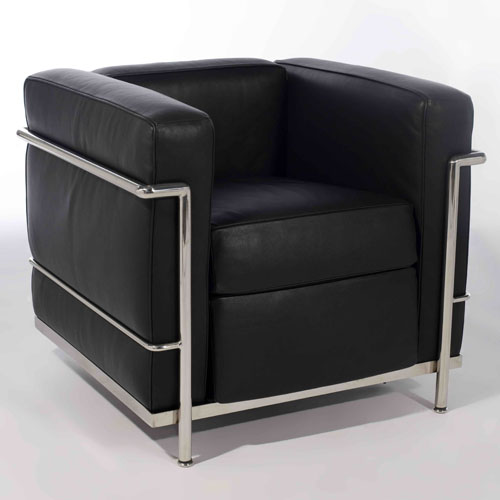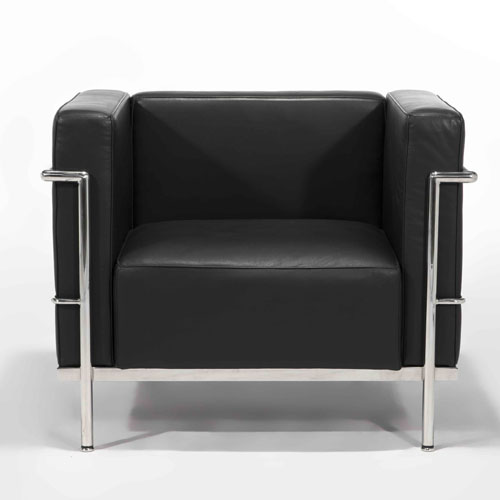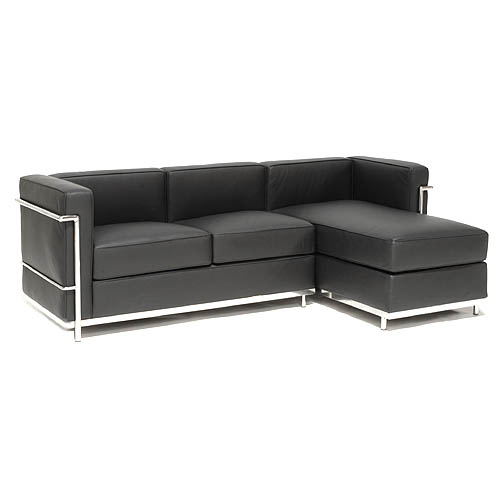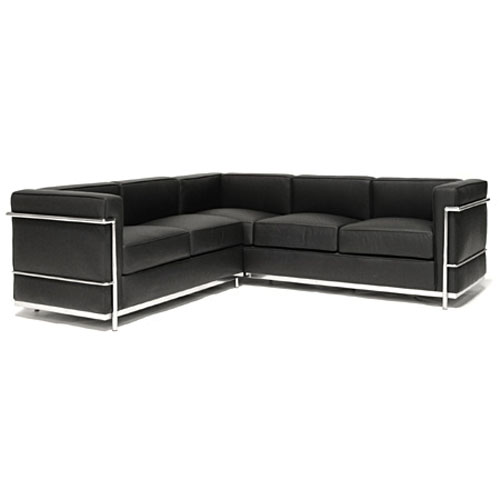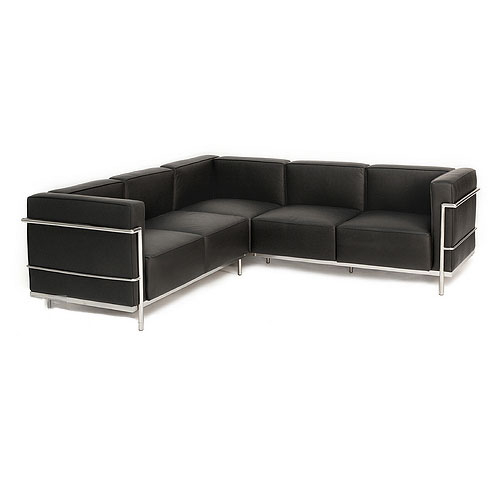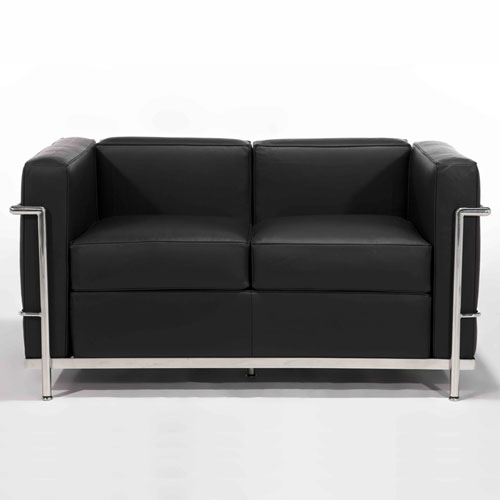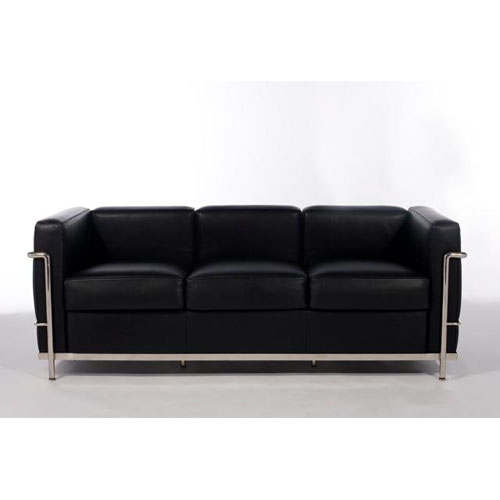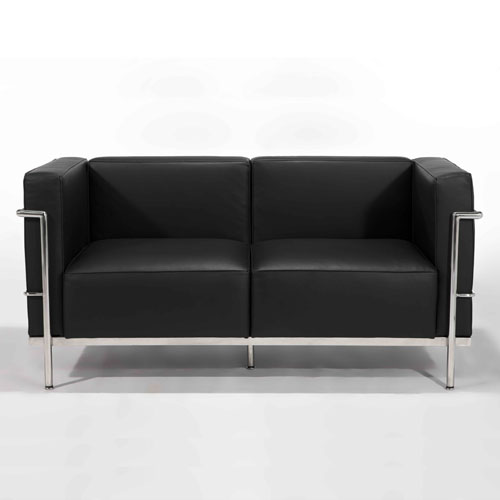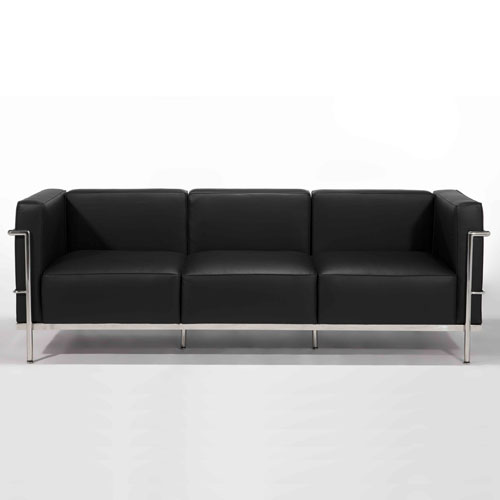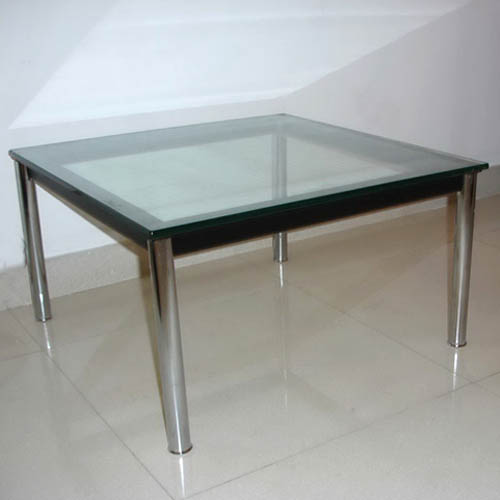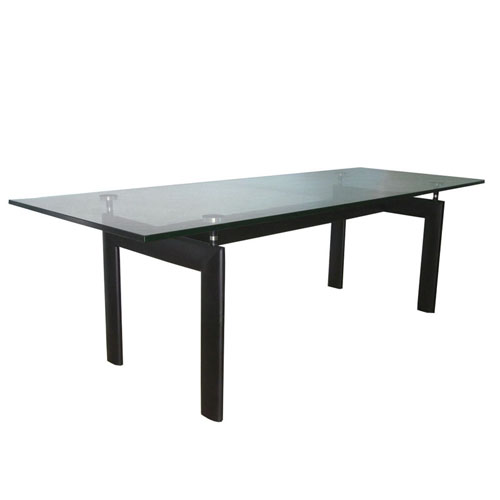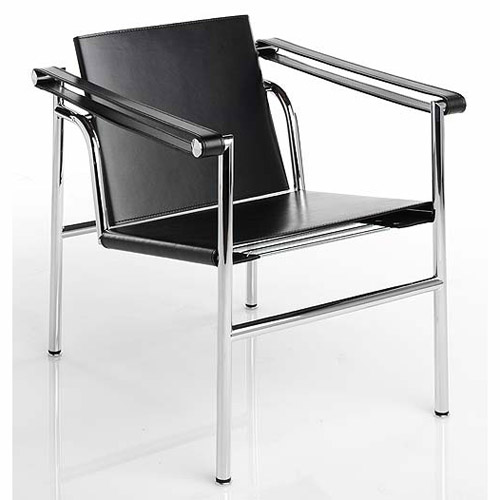Site Information
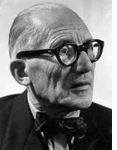 Le Corbusier
Le Corbusier Le Corbusier (October 6,1887-August 27,1965), was a Swiss-French architect, designer, urbanist, writer and also painter, who is famous for being one of the pioneers of what now is called Modern architecture or the International Style. He was born in Switzerland, but became a French citizen in his 30s.
He was a pioneer in studies of modern high design and was dedicated to providing better living conditions for the residents of crowded cities. His career spanned five decades, with his buildings constructed throughout central Europe, India, Russia, and one each in North and South America. He was also an urban planner, painter, sculptor, writer, and modern furniture designer.
ter completing his first house, Villa Pallet, in 1907, Le Corbusier set out on a series of travels that lasted until 1912, when Le Corbusier returned to La Chaux-de-Fonds to teach beside L’Eplattenier and to begin his own practice. These travels took him first to Italy, then to Vienna, Munich, and Paris. They included a period of apprenticeship to architects with philosophies at odds with L’Eplattenier’s teachings,most significantly the structural rationalism of Auguste Perret, a father of reinforced concrete construction, and the Werkbund perspective of Peter Behrens. They concluded with a "Journey to the East" by way of the Balkans and Eastern Europe, culminating in a visit to the Acropolis.
Back in Switzerland, Le Corbusier designed a series of villas and embarked on a more theoretical study for a structural frame of reinforced concrete Le Corbusier called the Maison Dom-ino (a pun on the Latin word for house, domus, and on the playing pieces from the game). Le Corbusier envisaged it as an affordable, prefabricated system for the construction of new housing in the wake of World War I’s destruction. Developed with the help of Max Dubois and Perret, the system differed from the then standard Hennibique frame in its idealization of floors as flat slabs without exposed beams. Its columns were perfectly straight posts without capitals, set in from the edge of the slab. This system freed both exterior and interior walls from all structural constraints.
Home | Show Room | Material Option | Contact Us | Designers | About Us | Customer Service | New Products | Payment Method | Site Map
E-mail: sales@scotthowardcn.com TEL: +8613923852390
Copyright © 2010 www.scotthowardcn.com All Rights Reserved




